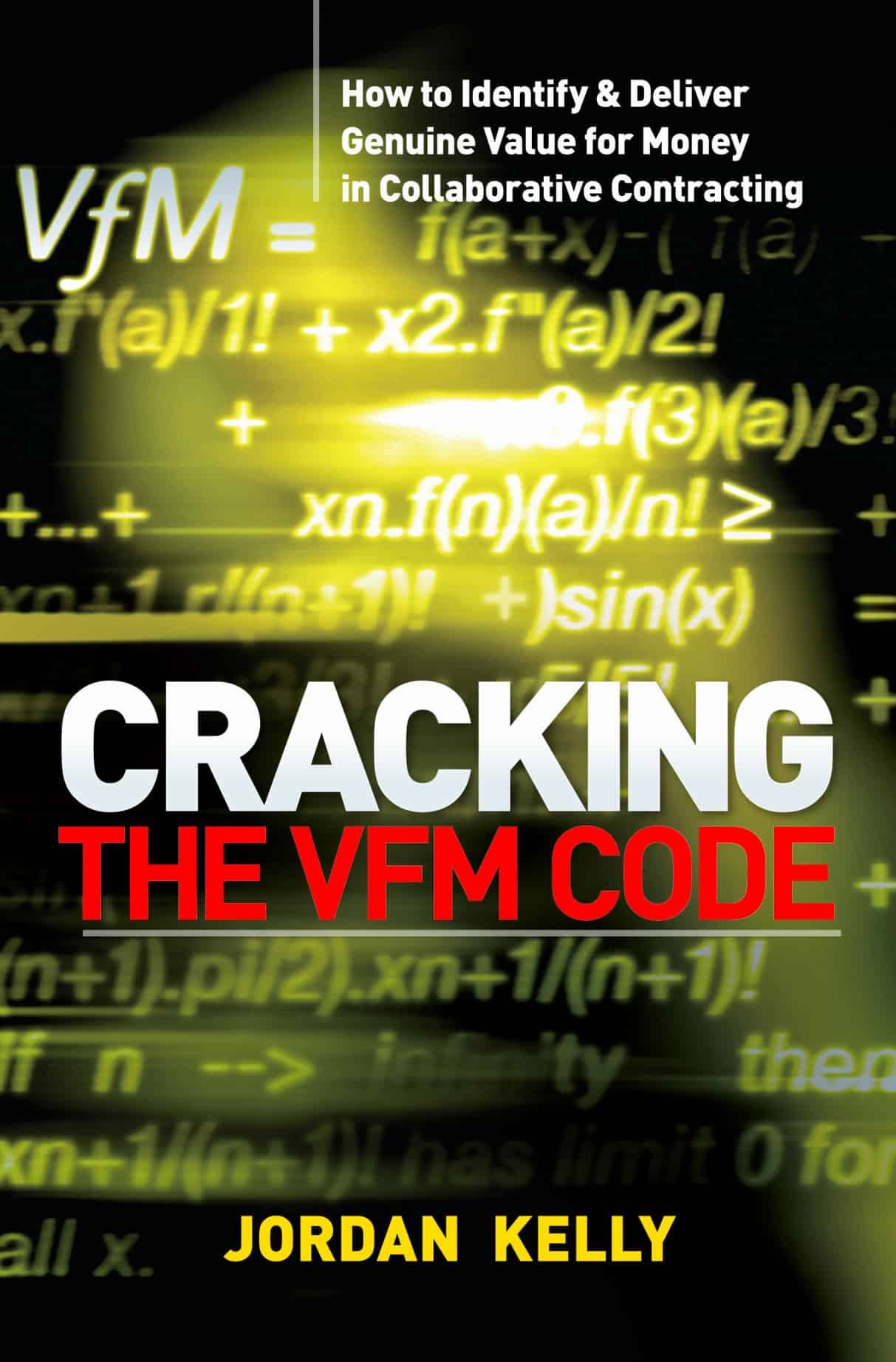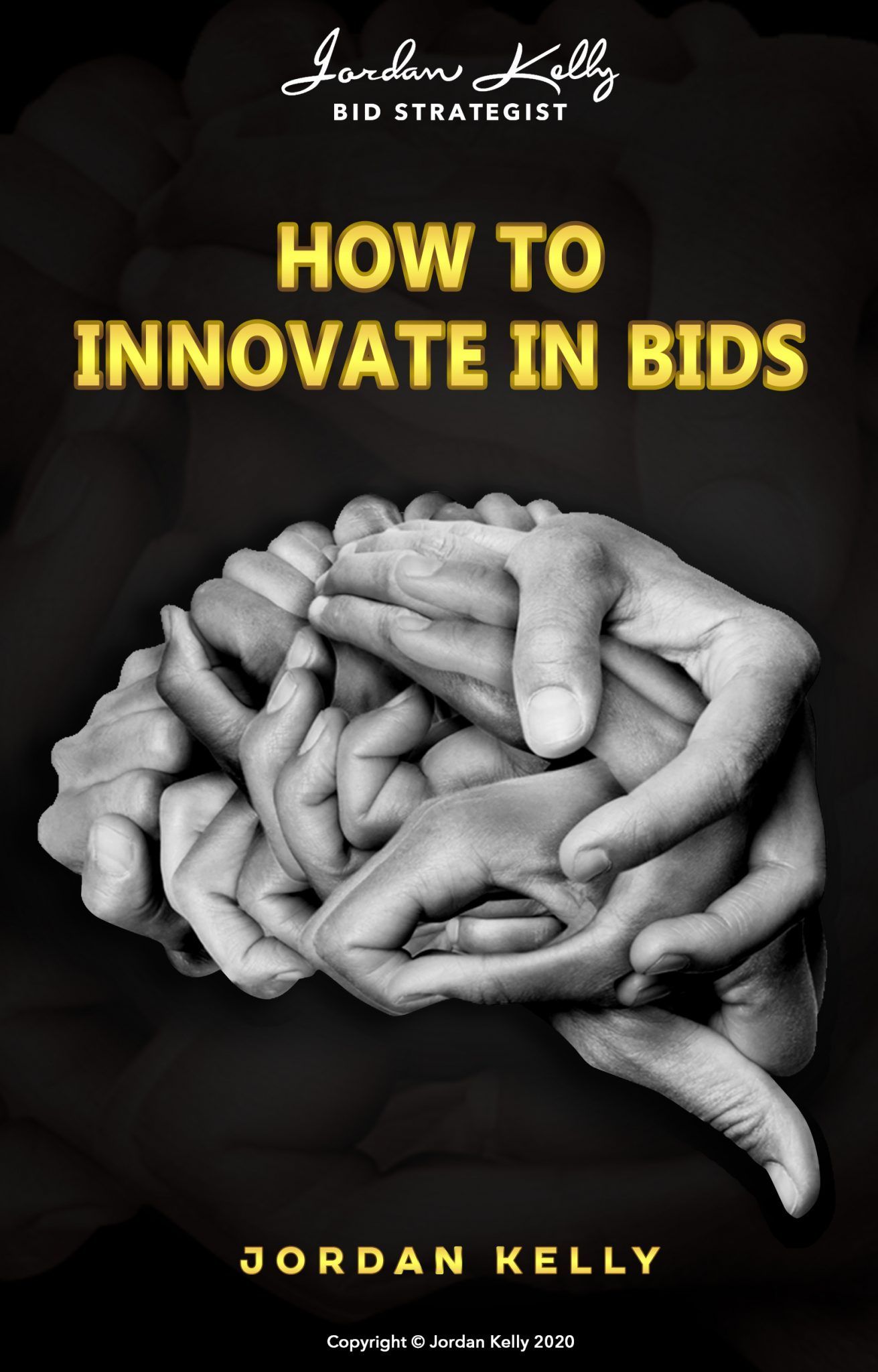CATEGORIES:

In this article, James Mitchell, a seasoned Melbourne-based Public Private Partnerships (PPPs) bid manager, discusses one of the most essential elements of an organised and efficient PPP bidding process: the co-location of all major consortium participants into one office.
With a background in the construction and investment banking industries, Mitchell has been a PPP bid consortium leader, project director and asset manager since 1996.
His bidding track record features five PPP wins: Melbourne’s Royal Women’s Hospital, Perth’s CBD Law Courts, the Victorian Correctional Facilities in Melbourne, Sydney’s Royal North Shore Hospital and Melbourne’s Etihad Stadium.
He has acted both as a sponsor representative, and as an independent project manager.
In this commentary, Mitchell stresses that experienced PPP practitioners recognise the co-location of all key consortium participants as essential to the success of a bid. He says these operatives know how critical it is to ensure all parties have timely and ongoing input into the design in its early, formative stages:
“A PPP will never be awarded to a design that won’t work for the client,” Mitchell says. “If the agency isn’t convinced the design provides a brief-compliant and functional solution, they’re not going to choose you. So you better make sure your consortium – and everyone in it – is dealing with today’s design, not that of two days ago.
“If you co-locate – and co-locate successfully – you’re in a good position to lead the design team, rather than be led by it.”
PPPs are all about teamwork, he says, and there are many parties that form both a consortium and its bid team.
“PPPs are also a fast-moving animal: To the outside world, the six-month PPP bid process might seem painstakingly slow. But, behind the scenes, the action is happening at lightning speed.
“In the first two months, that action is driven by the design – which moves rapidly. There’s a rule of thumb in a PPP bid: 2, 2 and 2. Two months for the master plan design, two months for detailed design, and two months for pricing, fine-tuning the various bid components, and submission production.
Months 1 & 2: The Big Design Decisions Are Made
“The first two months in the equation are the most critical. This is when the big design decisions are made: get these wrong and your bid is doomed to failure.
“It’s the moment of ‘speak now or forever hold your peace’ on the master planning front; these are the decisions that will underpin your consortium’s functional design going forward. They’re all the unchangeables: the departmental adjacencies, transportation and movement flows, floor area functions, and the logistics associated with moving people and goods around between these.
“The decisions made in this phase lock in the size and configuration of the floor area spaces from which the detailed design proceeds.” (The next two months are about detail design, he says. Months five and six are about writing it all up, drawing up the plans, and preparing all the production material that goes in with the bid.)
“Suffice to say, if you’re not operating with a tight, well-oiled and collaborative machine in this initial two-month period, you’ll feel the pain of a disjointed bid as it evolves in months three through six.
“It all comes down to providing direction to the design team at this, the most critical stage.
“If the design is racing off ahead of your various consortium members’ ability to provide the guidance that’s essential to the success of their inputs, you can expect things to come off the rails not too far down the track. In short, if the consortium doesn’t lead the design, the design will lead the consortium – and the bid.”
Drive Design, or Be Driven by Design
Mitchell advises that, in a functional and strategically co-located office:
- The consortium’s operators (or operational advisers, if the facility is to be operated by the State) are right there, as the design develops, to ensure against what, from their perspective, represents an inefficient design that will result in operating inefficiencies.
- The equity and debt providers are there to ensure the design is financially functional, and that its construction cost and timing implications meet with its own fiduciary capacities.
- The construction partner (the primary manager of the design team) is full-time accessible to provide the necessary guidance on construction price, program, complexity and risk, as the design progresses. Your constructor is key (and typically manages the design process). If your design is going off the rails it’s their problem first and foremost. Sometimes the construction company’s own design management personnel will pull a wayward design back into line, to ensure target construction costs and program can be met.
- Those leading the development of your ancillary design propositions are able to develop their ideas in close concert with the core elements of the evolving design. The way in which the base design is moving dictates the space they have to work with.
- The facilities management partner is integrally involved in the developing design. The input of your FM experts is your compass in terms of evaluating the whole-of-life operating viability of your proposal.
- The legal and commercial experts are across the different construction risk profiles of the different design options as these are assessed. Their timely guidance is critical, for example, in instances where your design team may be inadvertently producing a design risk that gives your financiers or your construction team cause for concern. You need to know, well ahead of time, what has to be reflected in the construction contract and the project agreement between the consortium and the State.
Channeling Client Communications
Channeling communication back from the client is equally critical, he says.
“When people are within verbal communication range of each other in the one office, it opens up communication between all the parties. Information and updates are being delivered live and through minimal filters. It eliminates the many hours team members would otherwise spend writing emails to each other, to keep everyone up with the state of play.
“When four, five, six or more companies – that have never worked together before – are suddenly thrown into one team, the only way to get the necessary channels of communication in place is to do it fast, and to do it full-spectrum. You don’t have the luxury of time for any other approach.”
Where Should the Bid Office Be?
The answer, he says, is:
“Where the client is, if it’s at all practical. You’ll have multiple interactions with the client, sometimes on a weekly basis. If you’re close to the client, you’re reducing travel time and costs markedly.
“However, it’s not always possible to locate within a stone’s throw of the client – although the closer you can be, the more ideal your logistics.
“Sometimes the client has key operations in more than one location. For example, your client might have its head office in a capital city and a regional facility elsewhere. Let’s say it’s been determined that all of the face-to-face meetings will happen in the regional locations because there’s a user group there that can’t travel to the city on a regular basis; they can’t leave their jobs.
“In that case, you then go to the second decision-making factor i.e. where are most of your consortium’s own people located, and where are the resources they need to function? Where will the various groups have the most ready, direct access to the experts and other personnel they, in turn, need to interact with on a daily basis?”
The Practical Issues
When the question of where you’ll establish your co-located office is resolved, Mitchell says, a PPP team has a raft of practical considerations to satisfy, including:
- Availability of suitable space on a temporary lease (with extension options to allow for an extended bid period and/or deal-closing activity).
- Floor space and configuration (Is it easily adaptable to create the right balance between open space and separated-off meeting rooms?).
- Telecommunications (Do the facilities offer sufficient bandwidth to handle large file transfers and global video conferencing, and can adequate internal wireless capacity be organised?).
- 24/7 security-controlled access.
- Air conditioning (including after hours, weekends and public holidays).
He says the primary goal of the bid manager must be to have the bid office and associated infrastructure available immediately his or her consortium is announced as a short-listed bidder i.e. upon the announcement of the Expression of Interest outcome.
“The Request for Proposal bid documentation is, in most cases, released at the same time or shortly after this announcement, and scurrying around for premises and/or debating the location thereof, once you’re in the countdown to submission deadline, simply isn’t an option.”
HOW TO INNOVATE IN BIDS
(Training Program)
A short but intensive training for bidders who want a deeper understanding of “innovation” . . . along with a highly effective means of identifying, producing and proposing one in a client-centric manner.
While I draw heavily on the high-value insights provided by my work on, and knowledge of, major and mega-project civil infrastructure bids (and share the comments and experiences of industry leaders), this training is of equal applicability and value to any B2B or B2G sector.
CRACKING THE VfM CODE
How to Identify & Deliver Genuine Value for Money in Collaborative Contracting

(Book)
This weighty 350-page, high-quality paperback production offers an unprecedented degree of insight into what it takes to produce a consistent record of value-for-money results in major public infrastructure projects.
The result of two years’ background research and investigation, it features numerous up-close-and-personal interviews with industry, thought and opinion leaders from around Australia, New Zealand and further afield, and captures in detail all aspects of the energetic and robust “VfM” debate.



